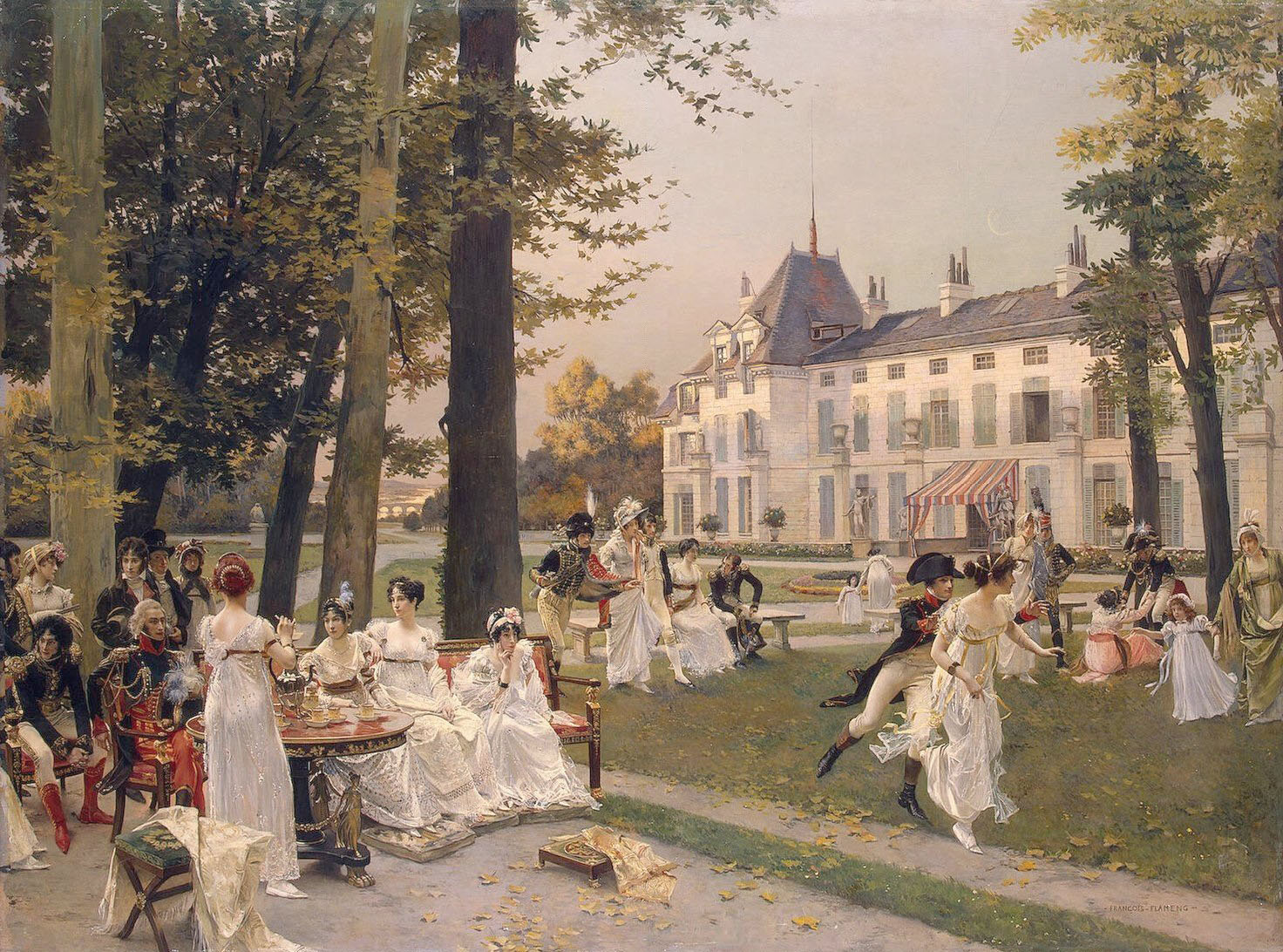One of the features of Europe's interwoven network of royal families was that it led to a great deal of cultural transference between the different states. In order to avoid marrying beneath themselves, royals were tempted to look abroad for spouses, with the result that the incomers would often bring a top-down cultural revolution with them.
This was certainly the case with Catherine the Great (1729-96), a German princess who married into the Russian royal family, and who founded what is now known as the State Hermitage Museum in St. Petersburg. Almost 100, mainly large works, from this famous museum comprise the content of the exhibition, "Hermitage: 400 Years of European Masterpieces," now showing at the National Art Center Tokyo.
With such a wide-ranging exhibition, the obvious storyline is a potted history of European art movements, while the obvious marketing ploy is to emphasize the biggest names. Predictably, the organizers have gone for both of these approaches. The main image used to publicize the exhibition is Henri Matisse's chromatically pulsating "Red Room (Harmony in Red)," a painting from 1908 that is quite unrepresentative of the bulk of the work on display, which is dominated by realist and academic art.



















With your current subscription plan you can comment on stories. However, before writing your first comment, please create a display name in the Profile section of your subscriber account page.